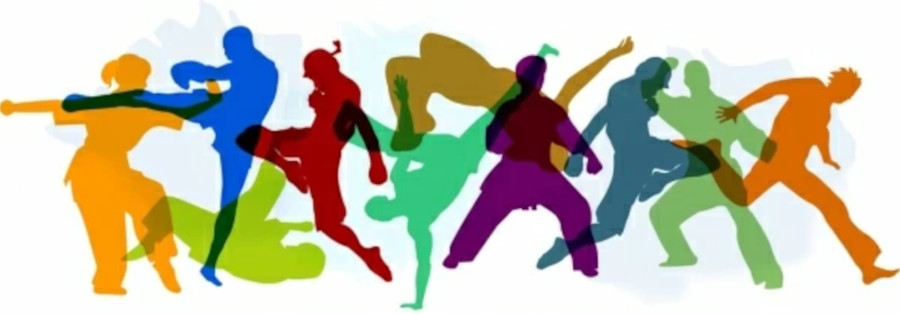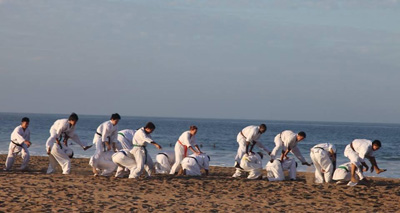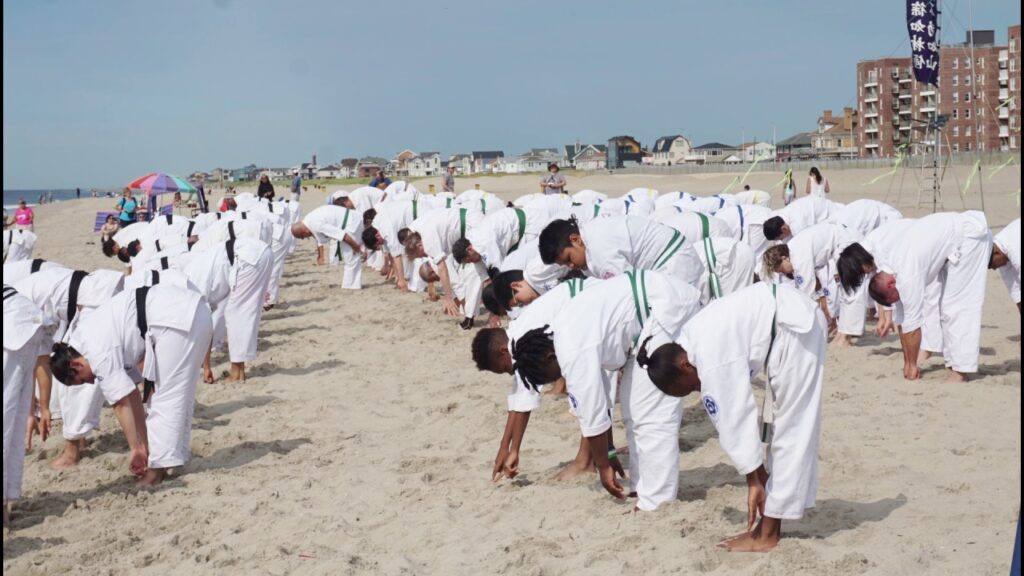
Kyokushin vs Seido Karate
Karate . Technique . Training notesBoth Kyokushin and Seido Karate are traditional Japanese karate styles. The main philosophical difference lies in the approach to training and self-improvement. Kyokushin focuses on physical strength and discipline through intense, full-contact training and emphasizes a “never give up” attitude. On the other hand, Seido places a greater emphasis on inner peace, personal development, and helping others, promoting a holistic approach to karate and life. Both styles aim to develop a strong character, but the path to achieving that goal differs in Kyokushin and Seido.
The philosophical differences between Kyokushin and Seido Karate can manifest in the way students train in the following ways:
- Physical Training Emphasis: Kyokushin karate students are known for their intense, full-contact training and focus on physical strength and endurance. In contrast, Seido Karate places more emphasis on developing inner peace and helping others, promoting a holistic approach to training.
- Sparring and Competition: Kyokushin Karate students often engage in full-contact sparring and competition to test their abilities and develop mental toughness. Seido Karate students may also spar, but often focus more on non-competitive forms of training and may prioritize the development of harmony and unity.
- Approach to Kata: Both styles of karate practice kata, or pre-arranged sequences of movements, but the approach differs. Kyokushin karate places more emphasis on the physical execution of the kata, while Seido Karate emphasizes the mental and spiritual aspects of kata, incorporating meditation and visualization techniques.
- Mind-Body Connection: Seido Karate emphasizes the connection between mind, body, and spirit, encouraging students to develop self-awareness and mindfulness. Kyokushin karate also values discipline and focus, but may place greater emphasis on the physical aspects of training.
Overall, the philosophical differences between Kyokushin and Seido Karate can manifest in various ways in the way students train, with differences in focus on physical vs. mental/spiritual development, competition, approach to kata, and mind-body connection.
2 comments
Leave a Reply Cancel reply
This site uses Akismet to reduce spam. Learn how your comment data is processed.
| M | T | W | T | F | S | S |
|---|---|---|---|---|---|---|
| 1 | 2 | 3 | 4 | 5 | 6 | 7 |
| 8 | 9 | 10 | 11 | 12 | 13 | 14 |
| 15 | 16 | 17 | 18 | 19 | 20 | 21 |
| 22 | 23 | 24 | 25 | 26 | 27 | 28 |
| 29 | 30 | 31 | ||||
Awareness (52) Beliefs (22) Celebrity (38) Christmas (10) Confidence (13) critical thought (18) Diet (17) Entertainment (28) Exercise (16) Failure (13) Fitness (46) Freedom (21) Fun (50) Funny (41) Gun Control (16) Guns (20) Health (26) History (31) Holiday (49) Jokes (12) Karate (38) Kyokushin (28) Liberty (18) Mas Oyama (27) Meditation (21) News (66) Patriotic (17) Perspective (82) Politics (19) Questions (13) Quotes (39) Recruitment (13) Religion (24) Self-Control (11) Self-Defense (48) Site News (10) Sparring (19) State of Mind (29) Style (17) Success (18) Technique (28) Training (111) Video (49) Weapons (13) Zen (26)



As someone who has trained extensively in both forms (Seido, followed by Kyokushin), I think this summary is a bit misleading. Seido has a much larger curriculum (more kata, kihon, etc) which results in more time spend committing the various forms to memory, a more cerebral experience overall, and less instense focus on refinement of basic techniques. That being said, my Seido instructors were far more meticulous about the finer points of kata than any Kyokushin instructor I’ve had. The “spiritual” side of Seido is mostly absent in Kyokushin, though I did not find this to be a great loss after leaving Seido. Kyokushin instruction depends very highly on who’s teaching it at the particular dojo, whereas Seido seems to enforce its franchise more rigorously. As to which is more physically rigorous, that’s not at all easy to say. Kyoskushin classes tend to be longer with much more repetition and drilling. However, Kyokushin sparring uses little to no protective gear, whereas in Seido you are maxxed out on shin guards, cups, thick gloves, mouth guards, head gear, etc. The protective gear in Seido sparring leads people to kick and punch much harder, and to spar for much longer periods of time. Seido kumite more of a workout, but less effective for training in a “real” fight than Kyokushin where the total absence of protective gear teaches you how to properly control and respond to force. Sparring with protective gear is a bit of a fool’s paradise, unfortunately. I actually feel safer training without it, and definitely got injured more at Seido than in any Kyokushin dojo despite all the gear Seido made me wear. I feel Seido is a great place to start one’s martial arts journey, but I have enjoyed Kyokushin more because the comparatively uncomplicated curriculum allows one to focus more deeply on the physical refinements, which is a spiritual pursuit in its own way. Also it’s important to remember the old saying, “individual results may vary.”
Sorry it took me so long to approve your comment, I was recovering from surgery. I greatly appreciate your insight and assessment, very well put. Obviously I write from my own experiences and biases, but perspective is always important for growth, so thank you again.